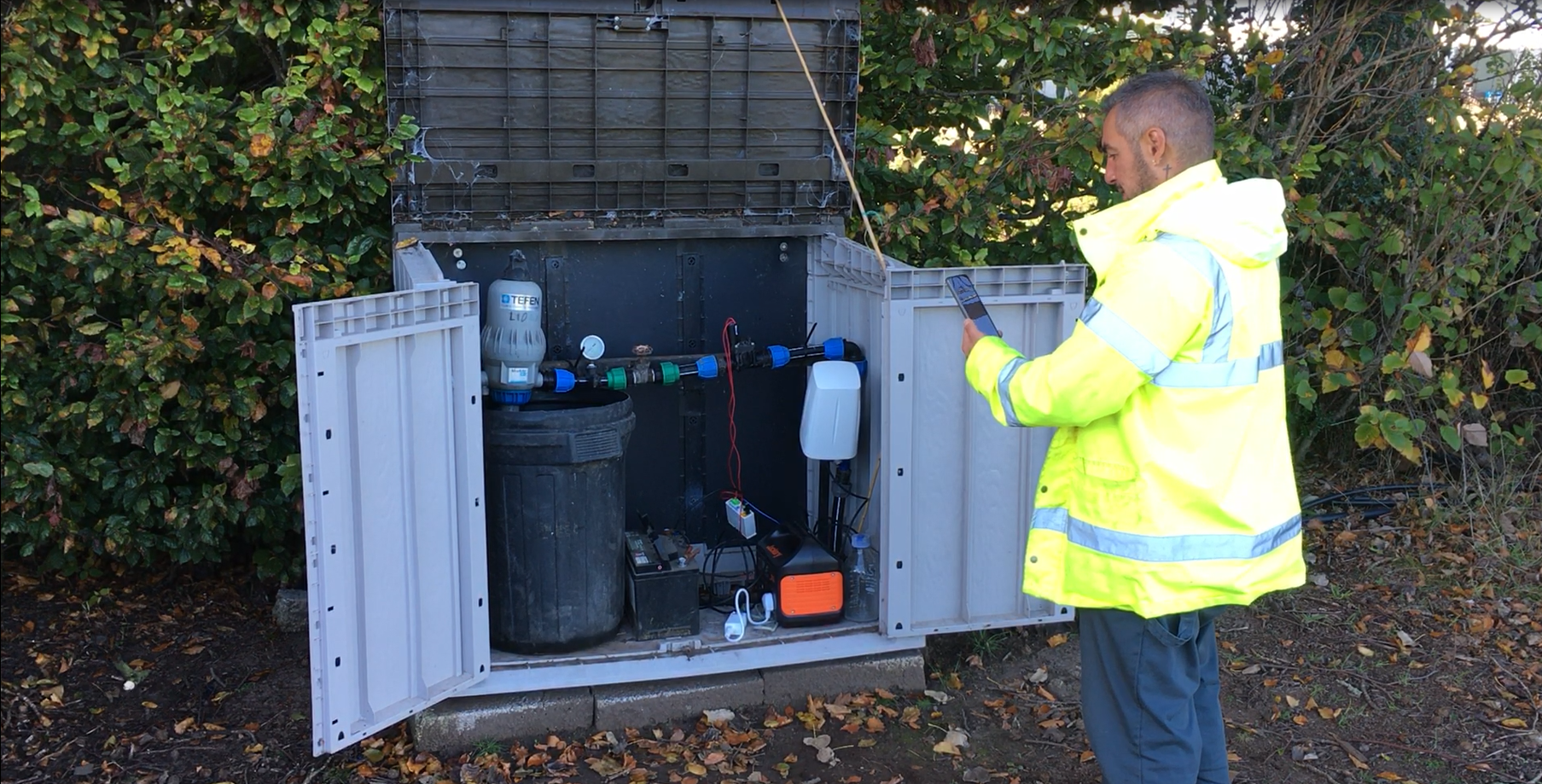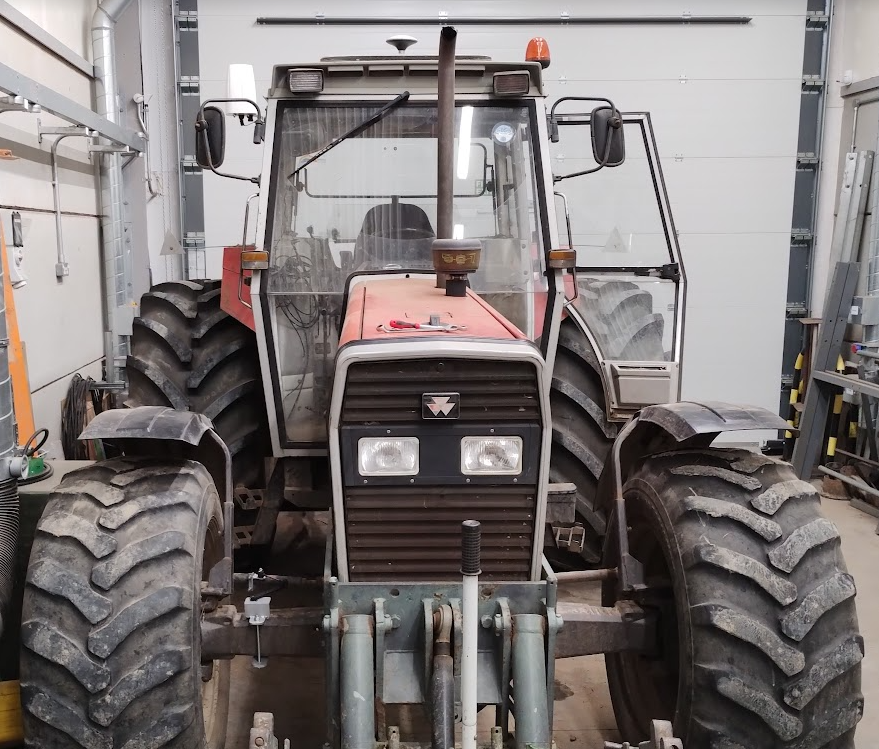5G-Enabled testing at our innovation hubs – Tay5G Innovation Challenge Winner: The James Hutton Institute
In September this year, the Tay5G challenge fund winners were announced – The James Hutton Institute, Digiflec, Neutral Wireless working with QTV, and Scotland Re:Design.
Tay5G, a Tay Cities Region Deal project in collaboration with The Scotland 5G Centre and industry partners, aims to accelerate the development of innovative projects utilising the power of 5G technology to transform various sectors supported with around £430,000 of Scottish Government funding as part of its £2million investment in Tay5G.
We spoke to Andrew Christie, Agri-tech Specialist at The James Hutton Institute about the current challenges in the agriculture sector and what they’re looking to achieve as a Tay5G challenge winner.
1. Tell us about The James Hutton Institute?
The James Hutton Institute is a globally recognised research organisation delivering fundamental and applied science with a multidisciplinary approach to study of land, crop and natural resources. Named after the father of modern geology, James Hutton, a leading figure of the Scottish Enlightenment, I like to think that we follow in the same path in the belief that rational, objective thinking and collaboration in different areas of expertise can help us overcome the big challenges of our day.
2. What are the current challenges that the agriculture industry is facing?
The current situation for farming is one of squeezed profit margins, limited labour availability, exposure to fluctuations in input and commodity prices and increasingly conflicting demands for land use to provide both safe, nutritious food supply and multiple environmental benefits. Farming commentators now regularly state that agriculture is in an existential crisis. Facing these issues, I see the importance of finding solutions, with the aid of technology, to help the farmer become more efficient, reduce costs, make their business more competitive and/or provide them greater independence.
3. Tell us about the 5G Infrastructure at Farm?
On the institute research farm, we have rolled out a 5G private network antenna with a medium power broadcasting licence, to provide data connectivity to the majority of our land area on site. Internet backhaul via Starlink ensures that the antenna can be used as a standalone unit. Ruggedised 5G routers and antennas allow the practical deployment of high speed, low latency data connection to both our research and commercial farming operations.
4. As a Tay5g winner, what are you looking to achieve with this project?
The project revolves around two themes at Hutton. The first, looking at automating irrigation for efficient water use, which brings together an interconnected network of sensors which monitor conditions in the crop and responds real-time to control irrigation water supply. This is based on polytunnel fruit production for the use case demonstration, but is also relevant to vegetable and potato crops. The second theme is on retrofitting autosteer and telemetry to older equipment to provide sub-centimetre steering accuracy and real time data from the tractor over a 5G data connection. New equipment can be prohibitively expensive but parts and open-source software are available to provide similar levels of performance, if the farmer has the knowledge and skills. My aim is to provide a use case demonstration on both themes which proves that it can be done and is future proofed for 5G networks.
5. What does 5G offer the project?
The first aspect we wished to prove was that the systems we are using can operate on 5G network, therefore ensuring that future developments do not render current technology obsolete. In proving this, the potential for higher data transfer speed and low latency will allow us to expand our capabilities for in-field data collection exponentially. The future possibilities which this project may kickstart for both our ongoing research and innovations on farm include sensor networks for big data and robotic AI systems. We are just scratching the surface of what we can achieve with 5G in agriculture so far – the possibilities are limited only by our imagination.


